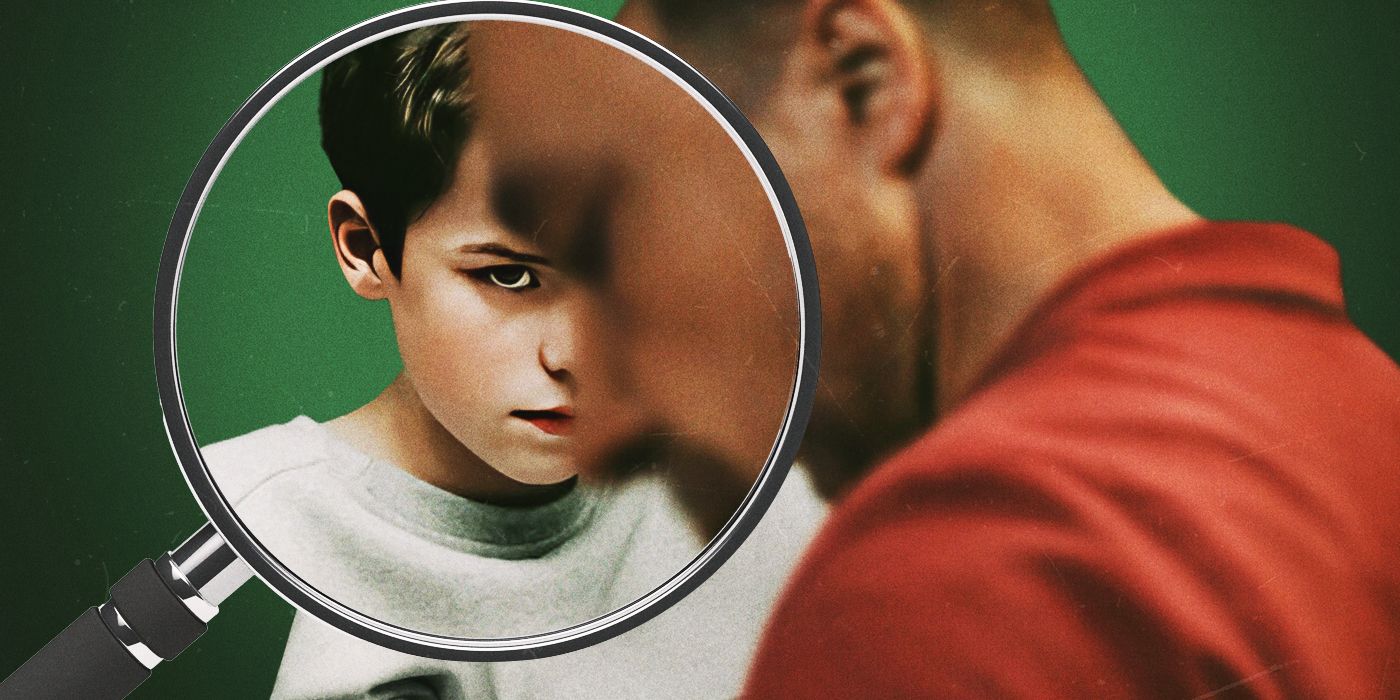
As Adolescence viewers know, the series begins with a harrowing early-morning raid by DI Luke Bascombe (Ashley Walters) and DS Misha Frank (Faye Marsay) into the Miller home. From the moment the police batter down the door, it’s an intense sequence made even more claustrophobic by Adolescence‘s one-shot filming technique, but the drama instantly escalates when Bascombe corners the series’ main culprit, Jamie (Owen Cooper), in his childhood bedroom. It’s easy for first-time viewers to be distracted by Jamie’s subsequent arrest for murder as the Millers are dragged down to the station, but if you pay attention, you can actually catch a chilling hint of Jamie’s guilt early in this scene. Specifically, Jamie tries to hide a slash in his wallpaper as Bascombe’s officers arrest him, a slash like the kind that could be made by the murder weapon Adolescence still doesn’t uncover by its ending.
‘Adolescence’s Opening Sequence Hides Jamie’s Guilt in Plain Sight
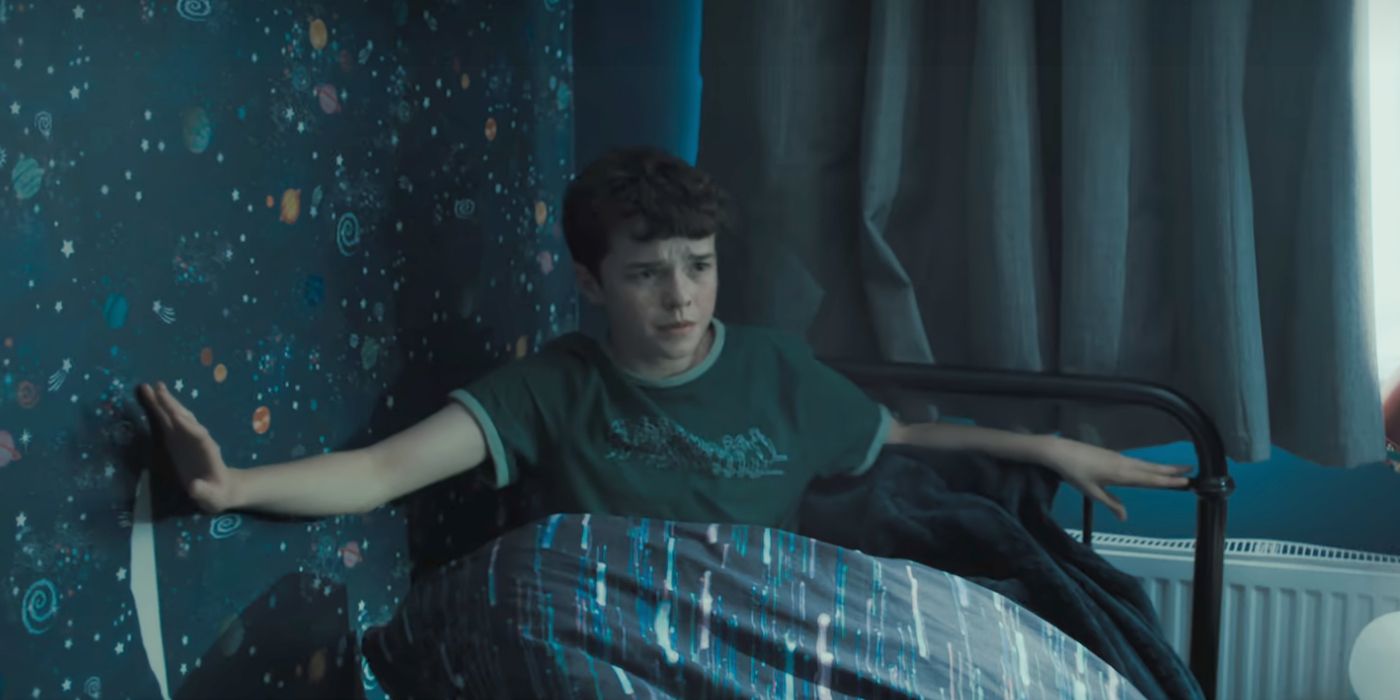

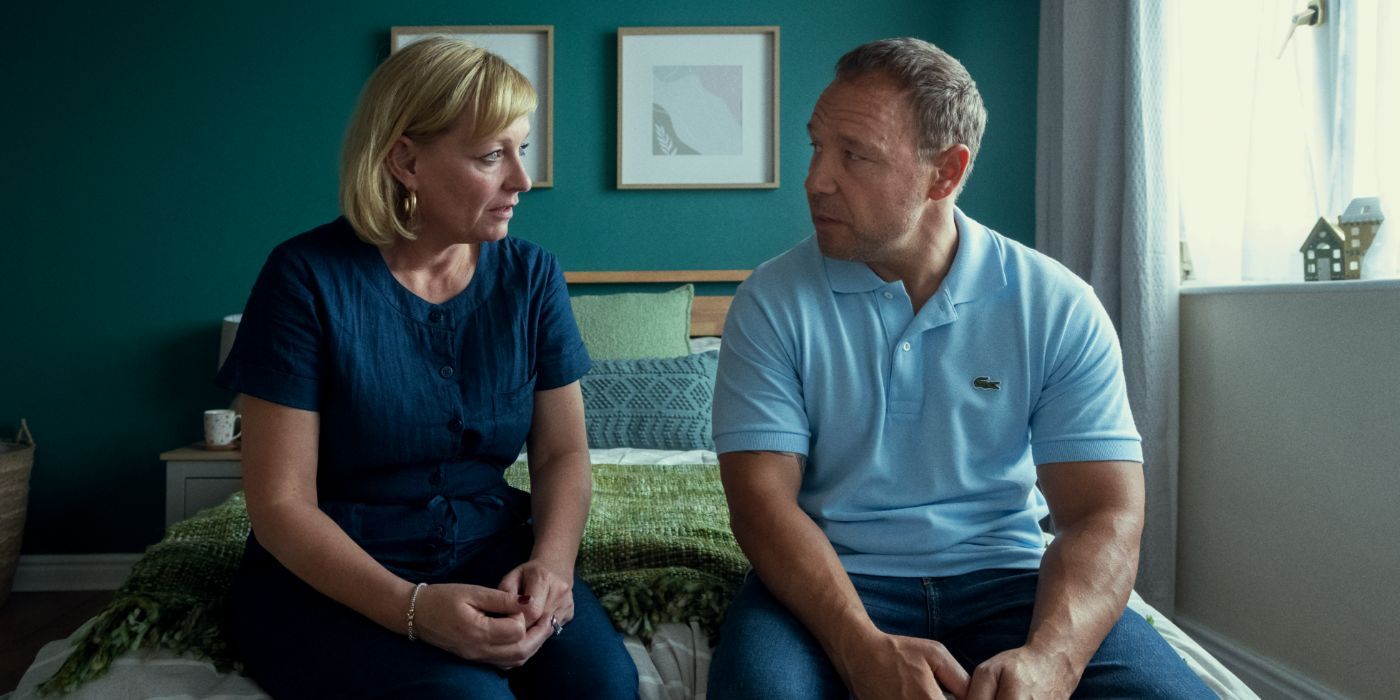

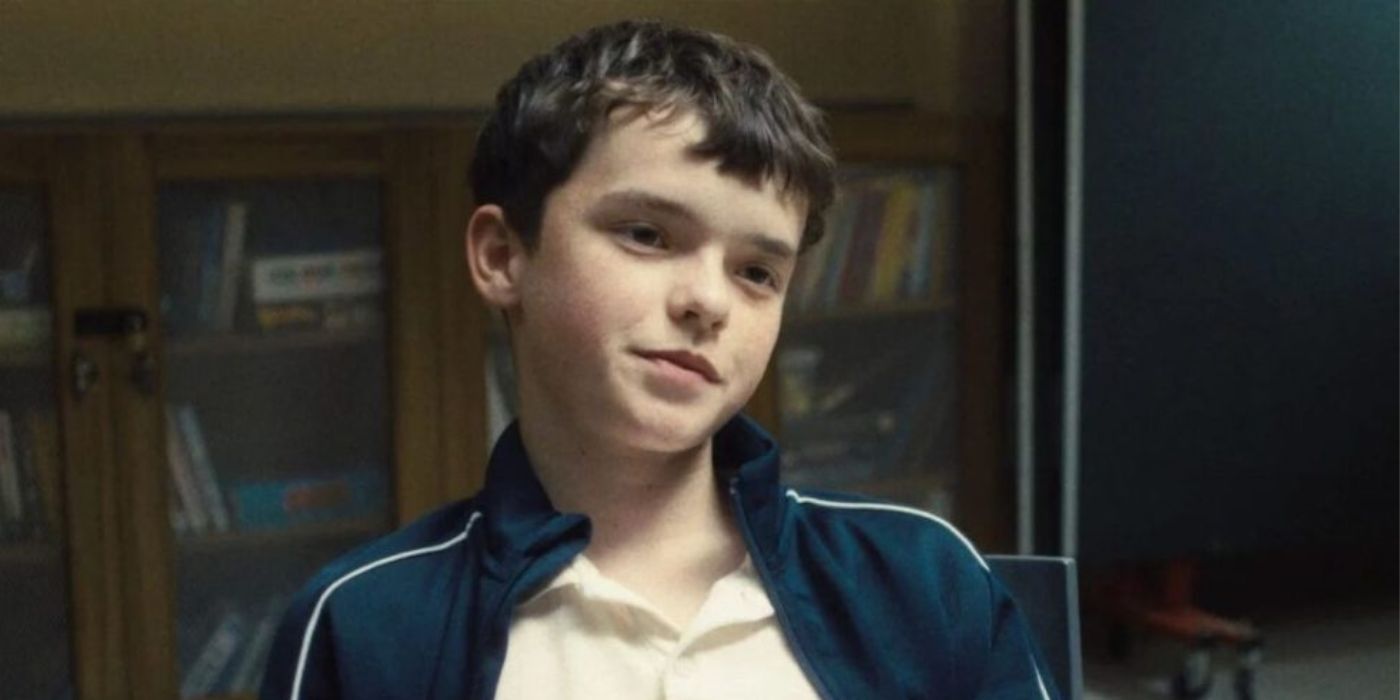





There’s also a symbolic meaning to the image of Jamie’s mutilated childhood bedroom. In the miniseries’ final scene, the bedroom and its colorful, prepubescent possessions represent Jamie’s former innocence, and Graham’s breakdown as Jamie’s father unfolds as an attempt to both preserve and make peace with the child symbolized by a bedroom that can no longer apply to the imprisoned murderer. Therefore, this slash in the wallpaper early in Episode 1 symbolizes how Jamie has already literally severed himself from his former, more blameless self. The detail also visualizes an early clue about the corruption that has taken root in the boy his parents swear by throughout Episode 1, the same toxic influence which gradually reveals itself throughout the interview that dominates Episode 3 of Adolescence.
‘Adolescence’s Opening Detail Draws Attention to the Show’s Other Brutal Ironies
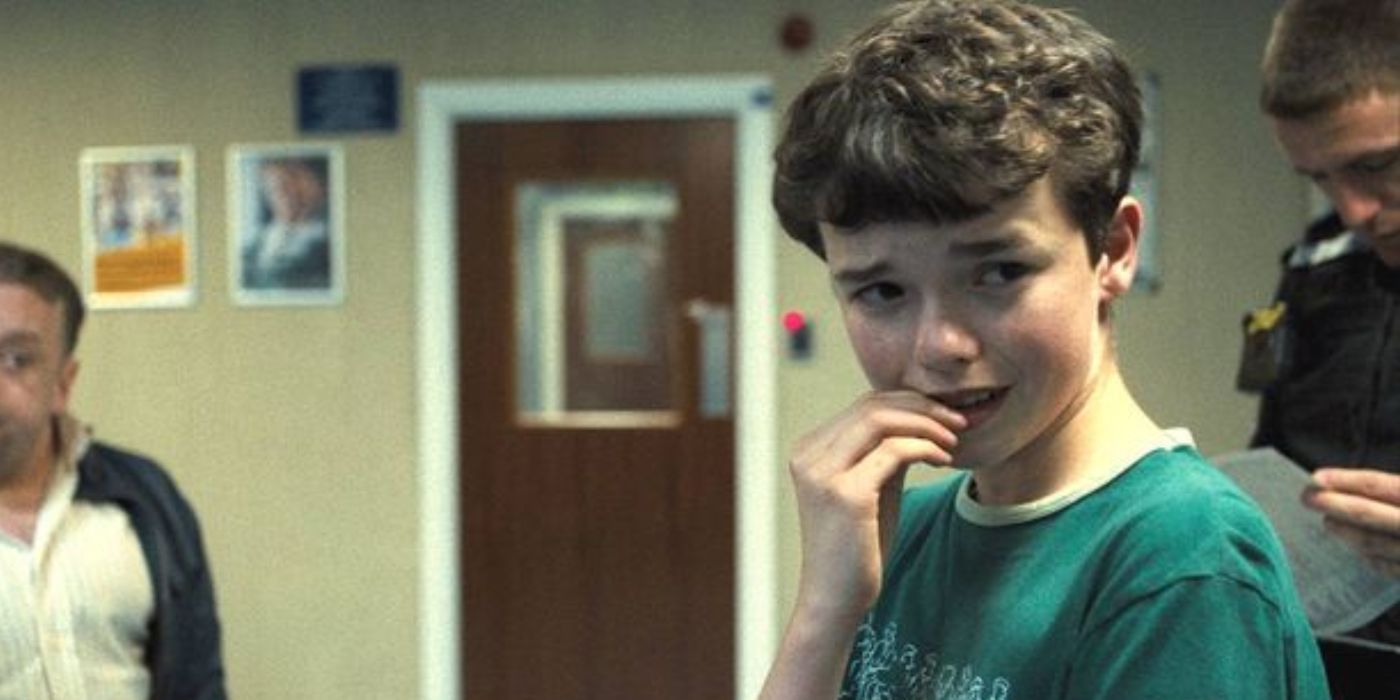
Adolescence‘s ability to accomplish so much with such a small moment is undeniably impressive in its own right, but this subtle detail also illustrates how Graham’s dialogue-heavy miniseries wields unspoken subtext just as powerfully, especially whenever Jamie is onscreen. The miniseries’ first installment is littered with moments of tragic irony that can only become apparent once you’ve seen later episodes, and the most telling examples occur when Jamie is being processed and profiled at the police station. After being arrested by Bascombe, Jamie is forced to have his picture taken, strip-searched, and subsequently pierced with a needle, so the police can obtain a blood sample, perfectly mirroring the circumstances which led to Katie’s horrific death.
The Parallels Throughout ‘Adolescence’ Highlight the Series’ Central Inequality
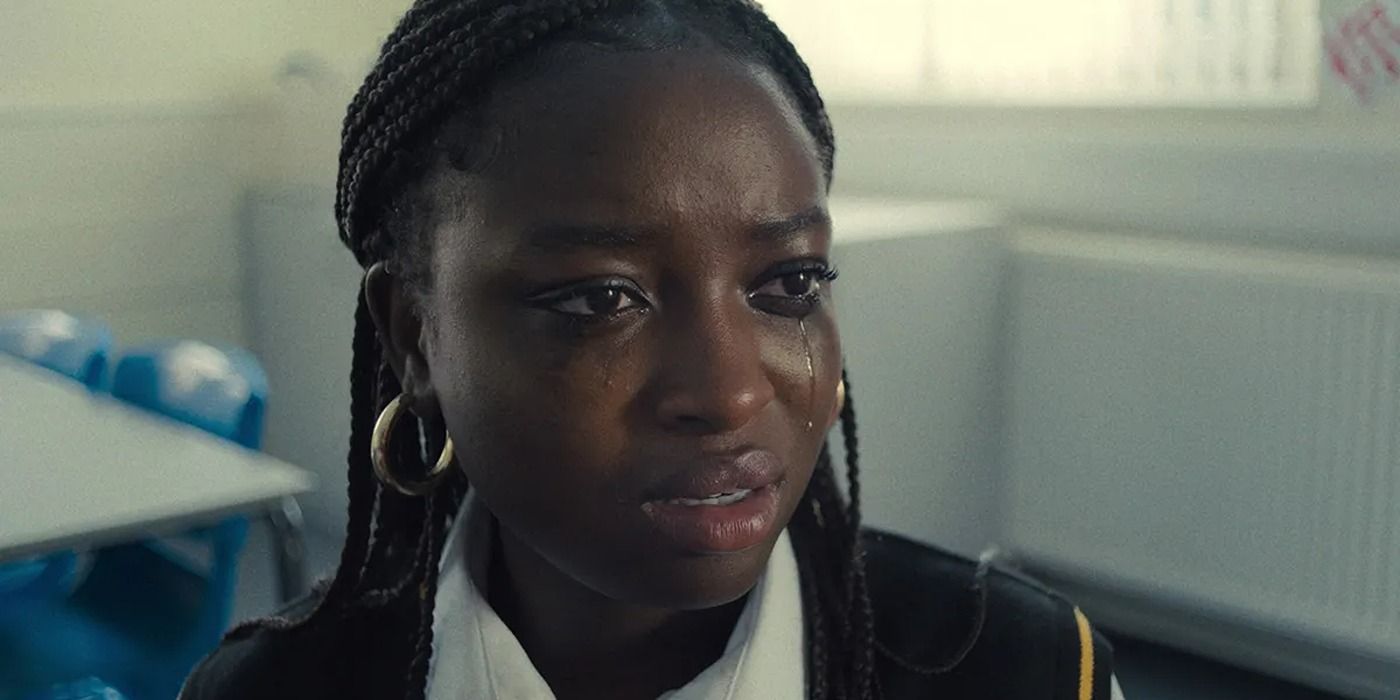
If this skillfully woven parallel doesn’t automatically give audiences another reason to love the miniseries, then the ironies between Jamie and Katie’s circumstances at least illustrate Adolescence‘s deeper message about the unequal treatment of girls and boys that rings particularly true in today’s society. While Jamie is left to fret over needles and the fleeting shame of being exposed in the same room as a group of adults looking the other way, an atmosphere of socialized misogyny and violent rhetoric towards women causes Katie to be violated both physically and mentally in more ways than one. Unfortunately, Adolescence doesn’t reserve the time to really dive into Katie’s perspective, but her voice can be heard on the miniseries’ soundtrack, another easily overlooked detail used to establish the girl as a haunting presence who can only ever be remembered, never seen.
Watch all of Adolescence on Netflix in the U.S.





